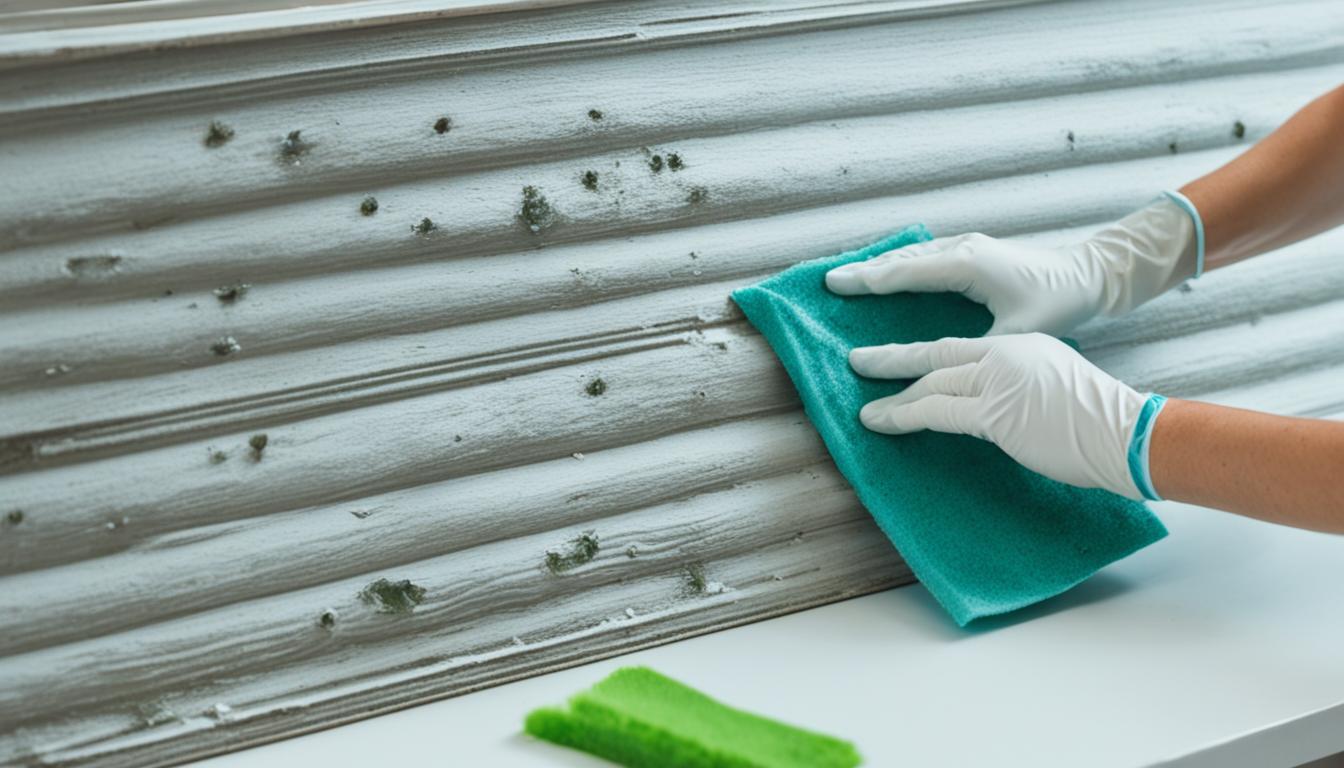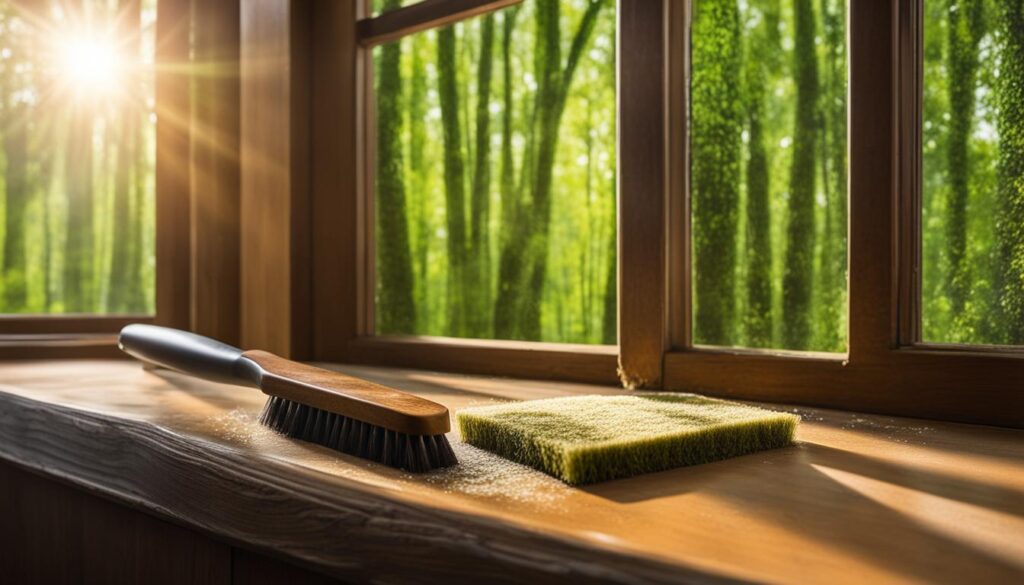
Unlocking the Mystery of how to clean Mold from wood: What You Need to Know
Welcome to our comprehensive guide on cleaning mold from wood surfaces. If you’ve noticed mold growth on your wooden furniture, walls, or flooring, it’s essential to take immediate action. Not only can mold be unsightly and damage your wood, but it can also pose health risks to you and your loved ones. By understanding the right techniques and products to use, you can effectively eliminate mold and restore the beauty of your wooden surfaces.
Throughout this article, we will provide you with expert tips and guidance to ensure that your cleaning efforts are successful. From natural remedies to commercial solutions, we will explore the most effective methods for removing mold from wood. Additionally, we will highlight the precautions you need to take during the cleaning process to protect yourself and prevent further contamination.
Remember, mold growth should never be ignored as it can spread rapidly and cause significant damage over time. By following the recommendations in this guide, you can maintain a clean, healthy, and mold-free environment in your home or office.
Key Takeaways:
- Act promptly when you notice mold on wood surfaces to prevent further damage.
- Use the right cleaning methods and products to effectively eliminate mold.
- Take necessary precautions, such as wearing protective gear, when cleaning mold.
- Regular maintenance and preventive measures can minimize the risk of mold growth.
- Consider seeking professional assistance for severe mold infestations.
Effective Methods for Cleaning Mold from Wood
When it comes to cleaning mold from wood surfaces, it’s essential to use effective methods that eliminate the mold at its source. In this section, we will explore various techniques you can utilize to tackle mold on wood and restore the cleanliness and integrity of your surfaces.
Natural Solutions
If you prefer using natural remedies, you’ll be pleased to know that several options exist for cleaning mold from wood. These solutions are not only effective but also eco-friendly, ensuring a healthier living environment. Here are a few natural methods you can try:
- Vinegar: Known for its antimicrobial properties, vinegar is an excellent natural cleaner. Mix equal parts white vinegar and water, dampen a cloth with the solution, and gently scrub the moldy areas. Allow the vinegar to sit for a few minutes before wiping it away.
- Baking Soda: A versatile cleaning agent, baking soda can also help eliminate mold from wood. Create a paste using baking soda and water, and apply it to the affected areas. Scrub the moldy spots with a brush and rinse with water afterward.
- Tea Tree Oil: Tea tree oil is a potent antifungal agent that can effectively kill mold spores. Combine a teaspoon of tea tree oil with a cup of water and spray the solution on the mold-infested wood. Allow it to dry naturally without rinsing.
Commercial Solutions
If natural remedies don’t provide the desired results, or if you prefer ready-made solutions, you can opt for commercial mold cleaners. These products are formulated specifically to target and eliminate mold effectively. When using commercial mold cleaners, it’s crucial to follow the instructions carefully and wear protective gear, such as gloves and masks, to ensure your safety.
Precautions during the Cleaning Process
While cleaning mold from wood, it’s essential to take necessary precautions to protect yourself and prevent further mold growth. Here are some important steps to follow:
- Wear personal protective equipment (PPE), including gloves, goggles, and a respirator mask, to avoid direct exposure to mold spores and cleaning chemicals.
- Work in a well-ventilated area to minimize the inhalation of mold spores and fumes from cleaning products.
- Contain the affected area by sealing it off with plastic sheets to prevent the spread of mold spores to other parts of your home.
- Properly dispose of any materials or items heavily contaminated with mold, such as porous furniture or carpets, as they may be difficult to clean effectively.
- After cleaning, dry the wood thoroughly to prevent any residual moisture that could promote future mold growth.
By following these methods and precautions, you can effectively remove mold from wood surfaces and minimize the risk of its recurrence. Remember, it’s crucial to address mold growth promptly to maintain the cleanliness, health, and longevity of your wood surfaces.

Conclusion
In conclusion, effectively cleaning mold from wood surfaces is crucial for maintaining a clean and healthy environment. Mold growth on wood can not only cause aesthetic issues but also pose risks to your health, so it is essential to address it promptly.
Throughout this article, we explored various methods for cleaning mold from wood, both natural and commercial. By following these methods and taking the necessary precautions, you can successfully remove mold and prevent its recurrence.
However, it is important to note that regular maintenance is key to keeping your wood surfaces mold-free. By implementing preventive measures such as ensuring proper ventilation and addressing moisture issues, you can minimize the chances of mold growth on wood.
If you require professional assistance with mold assessment and remediation, Fix Mold Miami is here to help. As Florida’s premier mold service, they have the expertise and experience to handle any mold-related issues effectively. Contact Fix Mold Miami today at [insert contact information] to ensure your wood surfaces remain clean, healthy, and mold-free.




